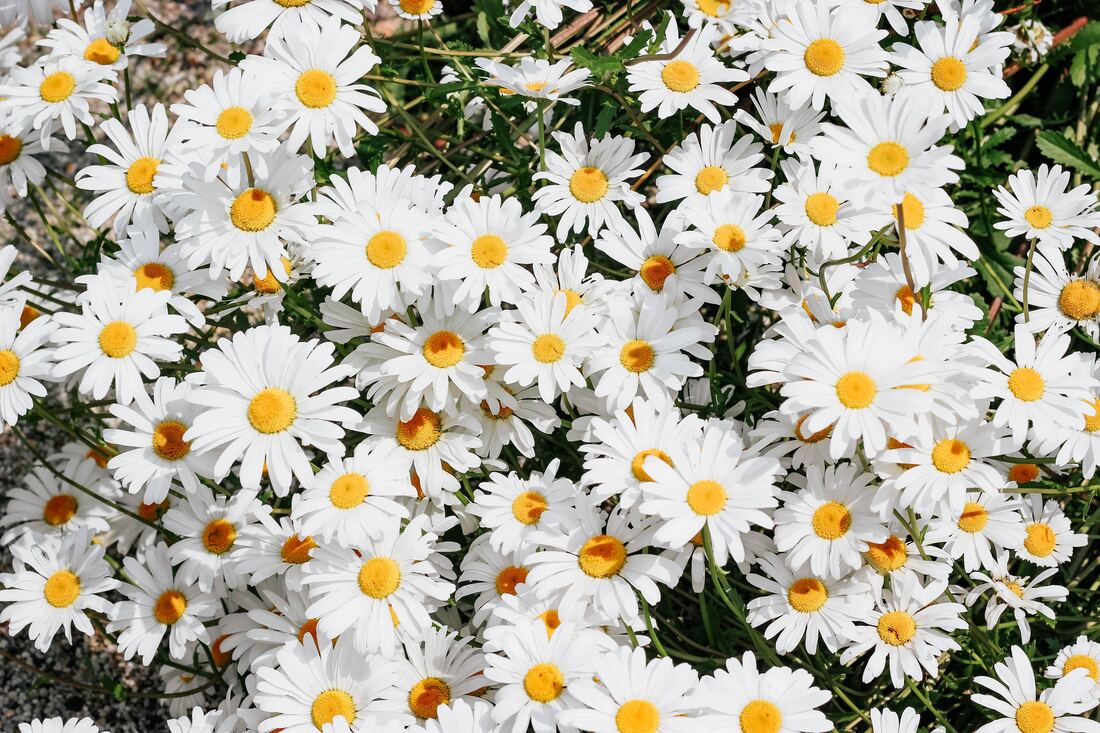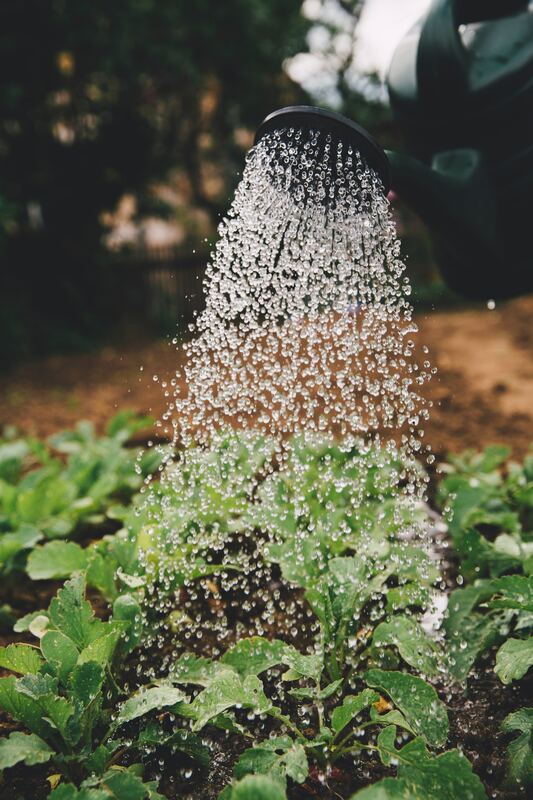|
With the arrival of spring comes the inevitable thought of planning a garden. Whether you're an expert gardener or just starting, you can learn more about your garden. To assist you to get your garden ready for the coming season, we'll discuss some of the best ways you can create a great-looking garden this year: Create A Garden PlanTake some time to plan and think about the layout of your garden before you get started. Think about what you want and the room you have. Consider your soil and the kinds of plants that do well in it so you can pick the best ones for your taste and the weather. By doing so, you can make sure each plant will do well and look great. Prepare The GroundThe health of your plants depends on the soil's pH and nutrient content. Either pick up a soil test kit from your local garden center or have a sample analyzed by a lab. Knowing your soil's makeup will allow you to amend it with the appropriate amount of compost or fertilizer. This can be a massive help if you constantly struggle to get things to grow in your garden. Unfortunately at times, it may be necessary to replace some soil. Get Rid Of Any MessDead plants, leaves, and weeds from the previous season should be removed first. Insects and diseases will have a harder time establishing hold in your garden if you do this. This waste material can be placed in a compost bin or taken to a garden waste collection site. Sort Out Your Flower BedsNow is the time to put new soil and compost into your raised garden beds. A pitchfork or garden fork can be used to assist aerate the soil in in-ground beds. Soil texture and fertility can be enhanced by adding compost and other amendments. Get Your Seeds ReadyIt's best to get certain plants, like tomatoes and peppers, off to a head start indoors before putting them out in the garden. Six to eight weeks before the last frost date in your area, you can start these seeds inside. Keep the seeds in a warm, moist place with lots of light. Choose The Right PlantsChoose plant species that thrive in your garden's temperature and moisture conditions. Selecting plants that are naturally resistant to pests and diseases is another option. Native plants are another viable option because they thrive in your area with minimal care on your part. Make Sure You Water Your GardenPlants need to be watered consistently in order to thrive. In order to promote strong root development, it's best to water deeply and seldom rather than frequently and shallowly. Water early in the morning or late at night to minimise water loss and to prevent any burning. Keep Up With The UpkeepMaintaining a healthy and fruitful garden requires consistent care and attention. This include looking out for pests and illnesses, as well as weeding and trimming. Keep an eye out for warning indicators and act quickly to contain any issues that may arise. Part of this may include arranging pest control.
If you follow these suggestions, you should have a successful gardening season. A beautiful outdoor environment and an abundant crop await those who take the time to plan and prepare for them.
1 Comment
Valeria G
4/19/2023 12:35:50 am
I will be starting a new garden at our new house soon
Reply
Leave a Reply. |
Categories
All
Archives
May 2023
|






 RSS Feed
RSS Feed

